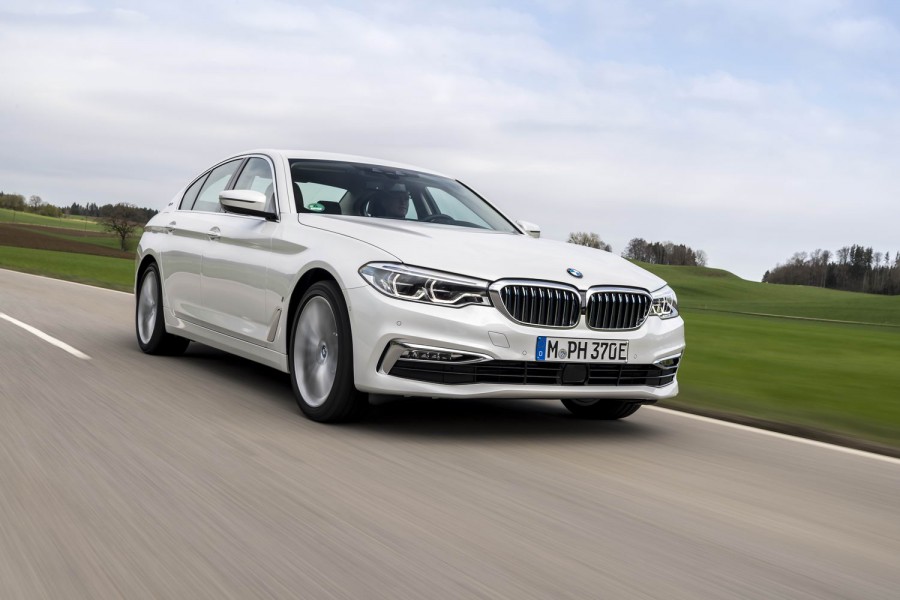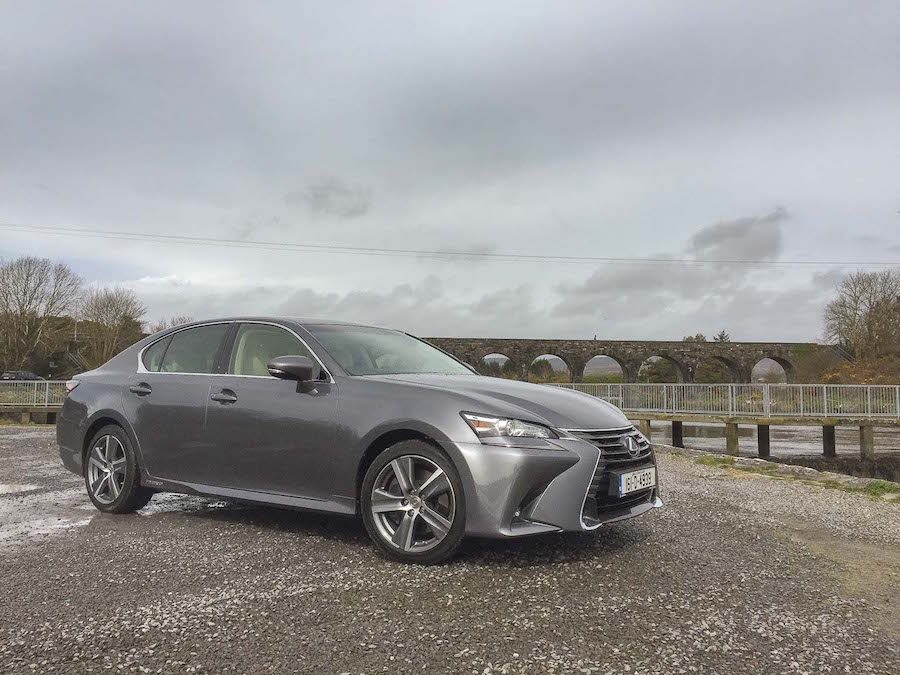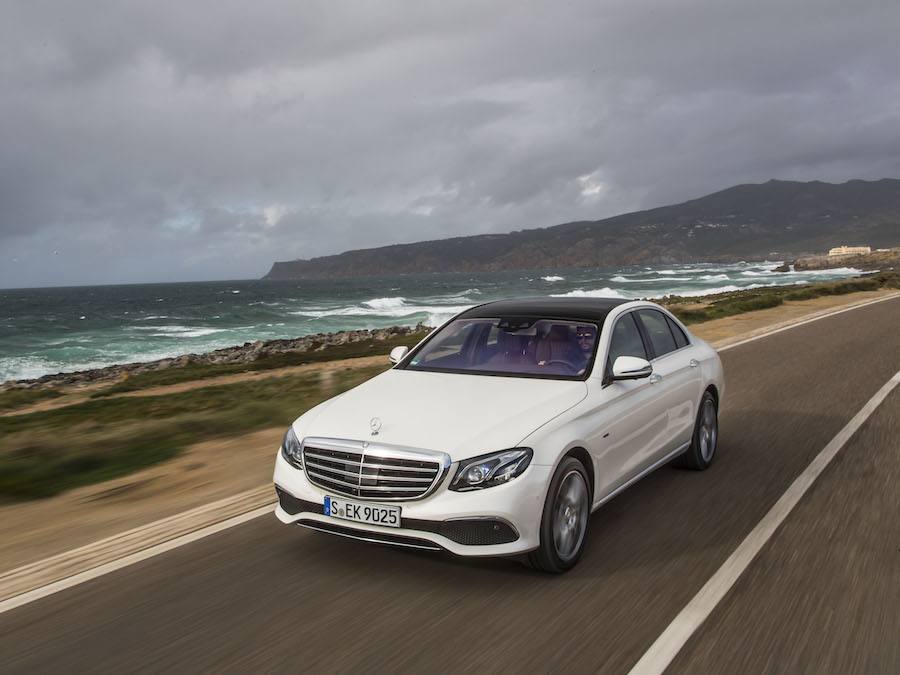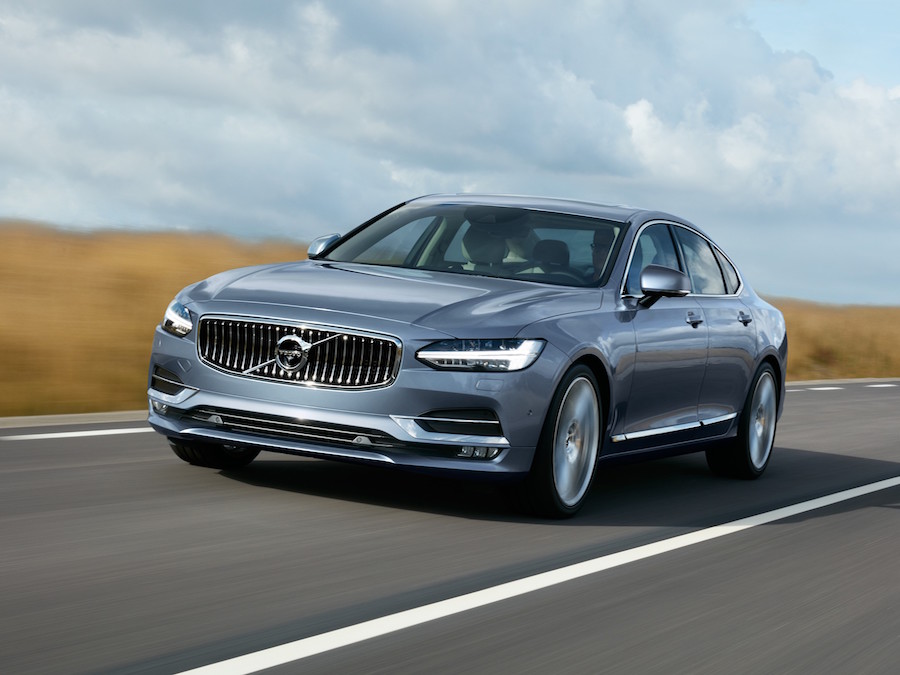BMW's new half-electric 530e iPerformance PHEV is incredibly soothing to drive, and reasonably efficient, but it doesn't have the price advantage enjoyed by the smaller 330e Saloon.
In the metal
It's fair to say that the styling of this generation of 5 Series, the G30 for BMW code number nerds, has not been the most warmly received, but it does seem to be a grower. Even with the small 17-inch alloys and 55-section tyres of this economy-minded 530e model, it's a car that looks a little better every day, if still a touch too predictable for its own good.
The same is true of the cabin. While it lifts, wholesale, from the old 5 and the current 7, not to mention many other BMW products, the 5's cabin is a deeply impressive place to be, mostly because it's just incredibly well made. Given that cars running on just electric power are very hushed, it's pleasing to note that the 530e's cabin emitted not a single squeak or creak, other than that provided by the optional Mocha Nappa leather seats, which are supremely comfortable. Rear seat space is good, too, but the practical nature of owning a big saloon like this is a little let down by the fact that, thanks to the positioning of the 9.2kWh battery stack, the boot has shrunk from a standard 530 litres to a disappointing 410 litres.
Those batteries are, obviously, there to power the 95hp electric motor, sandwiched between the 2.0-litre turbocharged four-cylinder petrol engine and the eight-speed ZF automatic gearbox. It's a motor that can power the 530e entirely by itself (at speeds of up to 140km/h for 50km on the mythical NEDC), or which can, in eBoost mode, add useful extra thrust to an overtaking manoeuvre. It also works wonders on the official fuel economy and emissions test, giving the 530e a saintly 46g/km CO2 rating and a fantastic (in the sense of unbelievable) fuel consumption figure of less than 2.0 litres per 100km - or 141mpg. The batteries take around three hours to charge up from a 3.7kWh wall box, which BMW can supply. Alternatively, next year, you'll be able to buy a wireless inductive charging plate, which can be placed on your driveway. You simply park the car over the top of the plate (and BMW has added some clever extra graphics to the parking camera system to help you do so with remarkable accuracy) and the car starts to charge through an inductive magnetic field - no wires needed. Clever (if likely very expensive) stuff.
Driving it
Is the 530e as clever as its charging system? Well, that kind of depends on how, and indeed where, you use it. If you are someone who spends their life on the motorway and racks up tens of thousands of kilometres every month, then just play safe and stick with your 520d.
If however, you are the sort of person who's dedicated to tech, will be religious about keeping the 530e plugged in and topped up, and don't tend to venture out on the motorway for more than a short, occasional hop, then there's some potential here. We haven't, obviously, had the opportunity yet to test the 530e over the course of more than a few hours, but here's how it broke down. We started with a battery range reading of 33km, and using the Max eDrive mode (which locks out the petrol engine entirely), we managed to drive - normally, not as if on an economy run - for 30.1km before the battery cried enough. With Auto eDrive mode engaged (which juggles petrol and electron power to best possible effect; the other mode is Battery Management, which allows you to either save charge in the battery or charge it up as you drive), we then continued on our way - again, driving like normal human beings - and completed our 113km test route, which included country back roads, towns, city, main roads and motorways. At the end of that journey, we had recorded an average 5.7 litres per 100km, or 48.7mpg. Now, that number can't even see the official 141mpg in the distance, and it would have fallen further had there been more motorway driving on our route, but in the scheme of things, it's not too bad and within the ballpark that a 530d diesel would have achieved over the same distance, and significantly better than a petrol-only 530i would manage.
Along the way, the 530e was a delight to drive. The new 5 is surprisingly soft in its suspension rates, as BMW is clearly chasing the Mercedes-Benz E-Class comfort benchmark, and combined with the relatively quiet drivetrain that makes this by far the most relaxing 5 in which to travel. It's so hushed that you never need to talk more loudly than in a murmur for your passenger to hear you clearly, and only occasionally does the (slightly uncouth) rasp of the petrol engine intrude on your repose.
It's also quite rewarding to drive. No new 5 that we've yet driven has truly rewarding steering (it's all a bit numb), but the 530e doesn't fall into the trap of the related X5 xDrive40e plugin hybrid, which has genuinely weird dynamics and horrible steering. The 530e drives like a 5 Series - smooth, assured and enjoyable, with only an occasional jiggle from the suspension that reminds you of its copious 1,800kg weight.
What you get for your money
Well, you get two engines for a start... The new 5 Series is generally much better equipped as standard than the old F10 model, but has seen a significant climb in its base price as a result. The fact that you get a €5,000 grant from the SEAI and a €2,500 rebate on your Vehicle Registration Tax (VRT) cost, as an incentive for buying an electric car, helps, but there's no getting away from the fact that the 530e doesn't have the price advantage of the smaller 330e hybrid. The 330e is as much as €4,000 cheaper than an equivalent 320d diesel, but the 530e is around €2,000 more than a 520d, model-for-model. That means it will have a mountain to climb when trying to convince diesel devotees to switch to electric power. BMW seems to be confident that it has a winner on its hands though, which suggests that the Germans suspect there might be company car rule changes afoot in the next Budget, which might give hybrids a boost. Interesting.
Summary
Right now, the BMW 530e is looking like a bit of a minority interest, but that could change rapidly if changes in car taxation (especially company car taxation) come in the next Budget. For those living in town and covering small mileages, it's close to a no-brainer, and it's the smoothest and most refined 5 Series of all. Those covering big motorway miles should stick to diesel for now, though.














































































